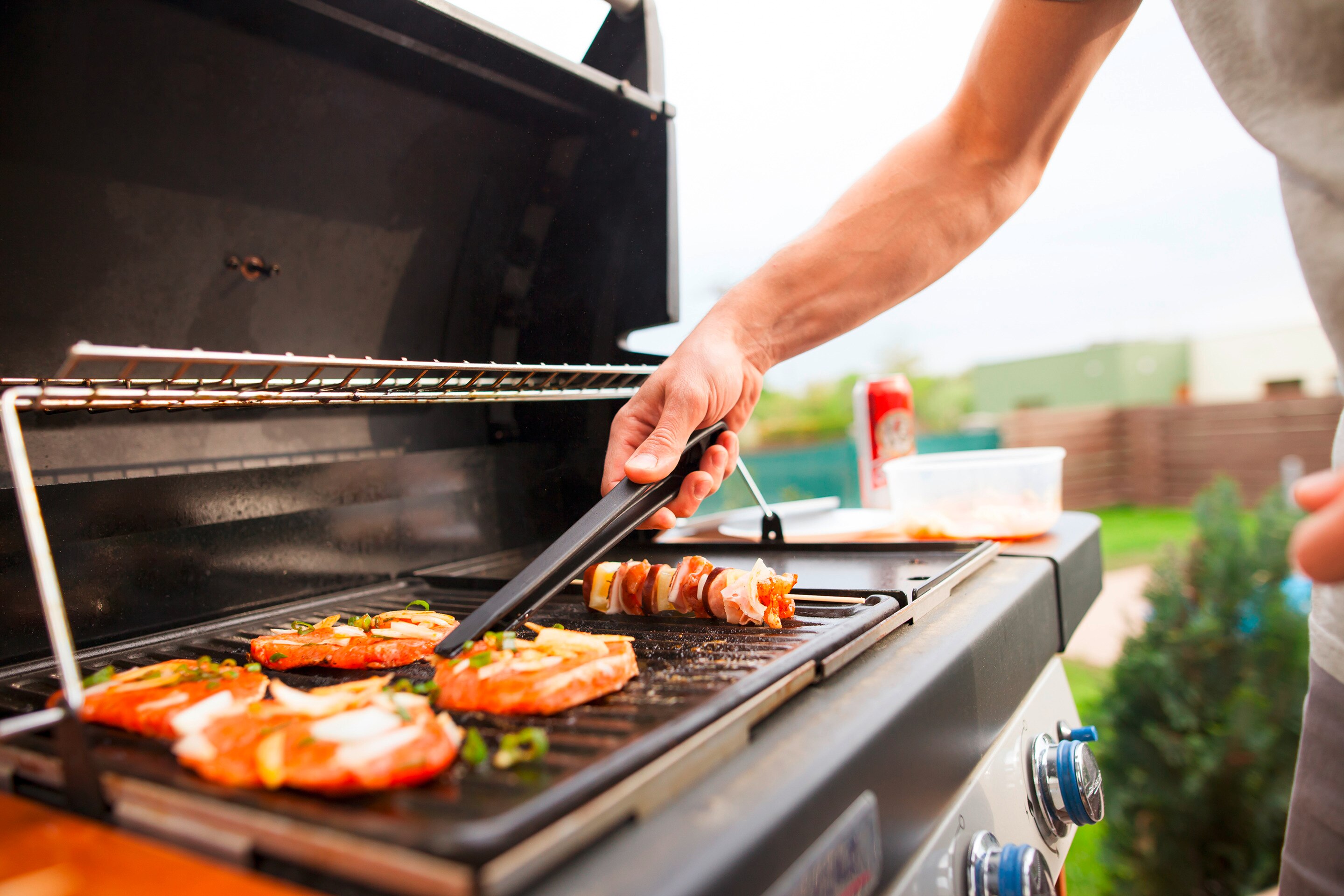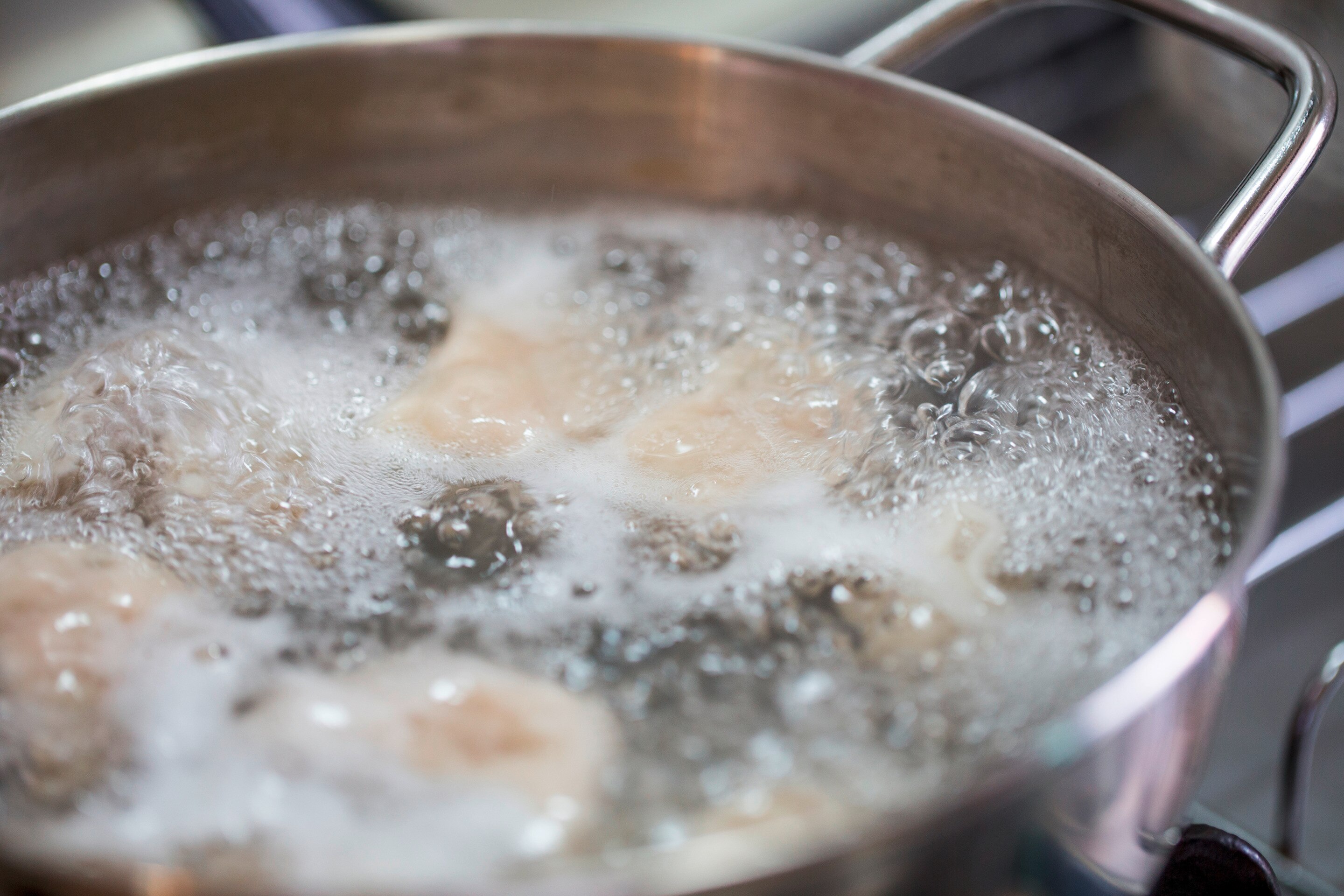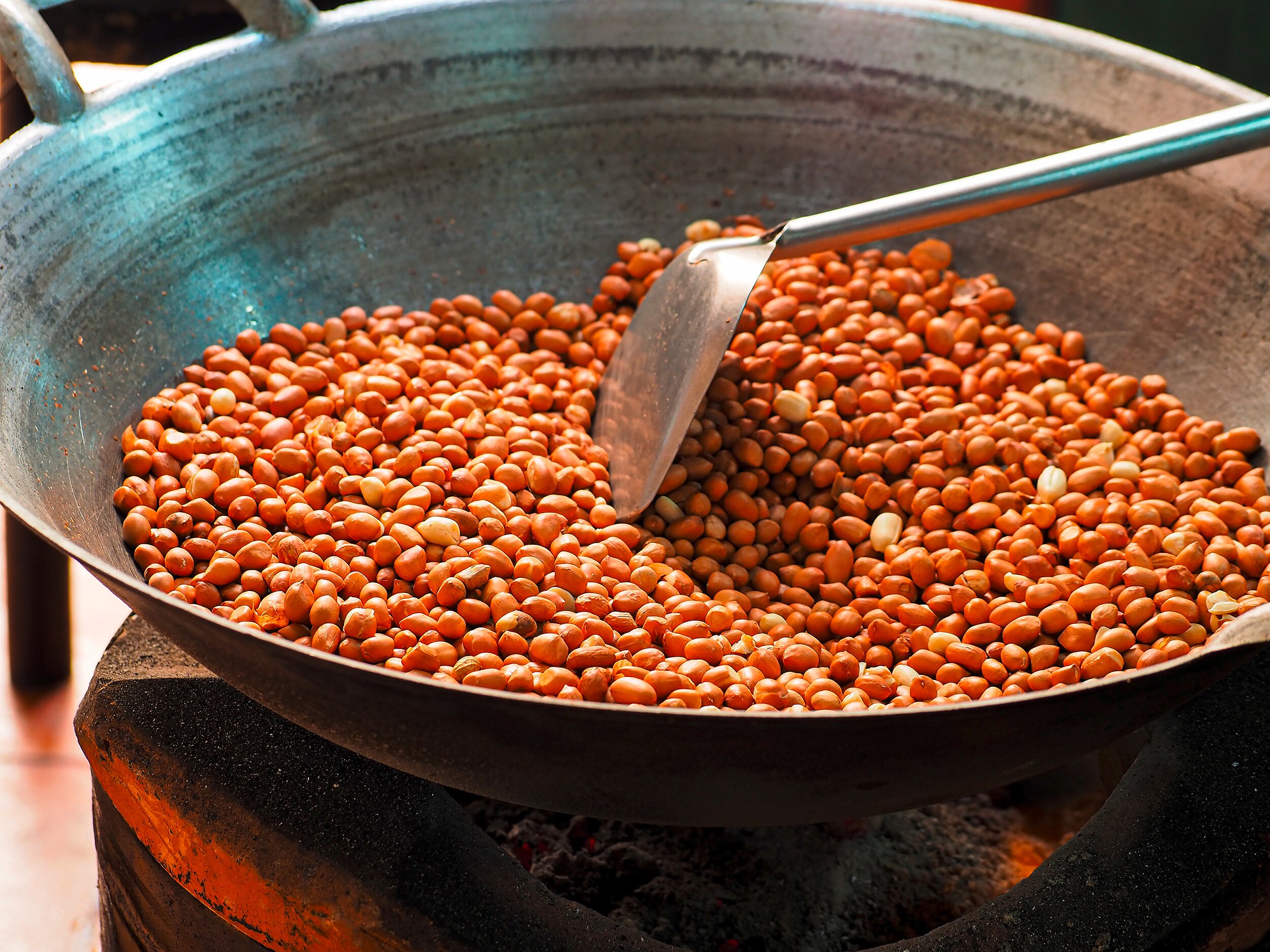Skip to:
Pinoy dishes are some of the most uncomplicated to make. Most ulam recipes require only a few ingredients and can be prepared without the need for elaborate tools or cooking methods.
Filipino dishes are rather straightforward, even with all the influences from Chinese, Malay, and Spanish cuisines. You don’t need to be a pro to follow recipes or cooking shows featuring local fare. After all, the average Filipino home cook already knows how to sauté, fry, and boil at the very least. But Filipino cookery offers way beyond the basics; unfortunately, only a few know the correct terms for these Filipino cooking methods.
If you’re curious to learn and expand your cooking vocabulary, here’s a short list of cooking techniques and their Filipino names.
Prito

Cooking food in fat or oil is called prito (frying). Pan-fried food requires turning once or twice to ensure it is evenly cooked. Pork, chicken, and fish are the most common ulam items Pinoys use for frying.
Guisa

Guisa or ginisa translates to sauté, one of the cooking methods used a lot in Filipino dishes. It is a common first step for many stews and stir-fries, where chopped onions and minced garlic are cooked in a pan until aromatic. A good indication to add your next ingredients is when the aroma fills your nose and your kitchen.
Halabos

Halabos is accomplished by steaming or cooking seafood in its juices. In some instances, carbonated beverages and lemon are used to cook a specific shellfish. One good example of this is a halabos na hipon.
Ihaw

Grilling meat, chicken, and fish over fire or charcoal is known as ihaw. Most proteins cooked over uling (charcoal) are marinated before cooking. Soy sauce, sugar, calamansi, and sometimes ketchup are used to infuse flavor into proteins.
Nilaga

Nilaga or boiling is commonly used to make many soups. Among the popular recipes are nilangang baka, bulalo, sinigang, and pochero to name examples. These dishes start with meat, cartilage, marrow, and veggies boiled in a hot liquid. The secret to perfecting nilaga is the right doneness of ingredients and a flavorful base. For instance, when making fish sinigang, adding Knorr Sinigang na may Miso produces a heartier soup.
Kinilaw

Kinilaw is a method of “cooking” proteins in acid and spices. Fresh fish, shrimp, or oysters are some popular choices to make the Filipino version of ceviche. They are also tossed and cooked in the prepared dressing without a heat source. However, the main difference between them is the choice of acid used to make the dish. Where ceviche uses citruses, the Pinoy method utilizes vinegar.
Busa

The process of toasting ingredients with a small amount of oil is referred to as busa. The procedure is often associated with cooking castañas, dilis, corn, and peanuts. This is typically done in a kawa (wok) over hot coals or wood.
Tinapa

Tinapa is a Filipino cooking technique that extends food's shelf life through preservation. Here, meat and fish undergo a sun-drying or smoking process to give them a distinct salty-smoky flavor. Filipinos enjoy their tinapa paired with white rice and a refreshing ensalada for any time of the day.
Hurno

Baking or roasting in an oven is called hurno or hinurno in Filipino. Aside from roasting chicken, other local recipes that go in the oven include lechon belly roll, baked macaroni, bibingka, and leche flan.
Sangkutsa

Quickly cooking or parboiling meat until soft is called sangkutsa in Filipino. The objective is to cook meat halfway instead of cooking it thoroughly. Recipes like kare-kare, pancit, bagnet, and caldereta use the sangkutsa method.
Banli

Banli is the act of scalding or blanching food in boiling water for several seconds. After, it is plunged into an ice bath to halt the cooking process. When done correctly, blanched food enhances the colors of veggies, making them more appetizing to eat.
Pinais

Pinais is a cooking procedure similar to binalot. Ingredients like meat, seafood, and fish are wrapped in a banana leaf or pandan leaf before being steamed. This pinais method is healthy and lends a sweet aroma to any dish cooked in the parcel.
While it is true that local dishes are classified as easy to cook, each viand is prepared uniquely. To produce the best results when following a recipe, it pays to be familiar with various Filipino cooking methods. Hopefully, the terms compiled above help you cook your way through regional dishes.

